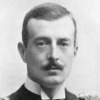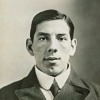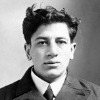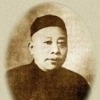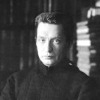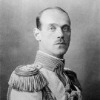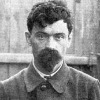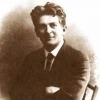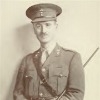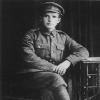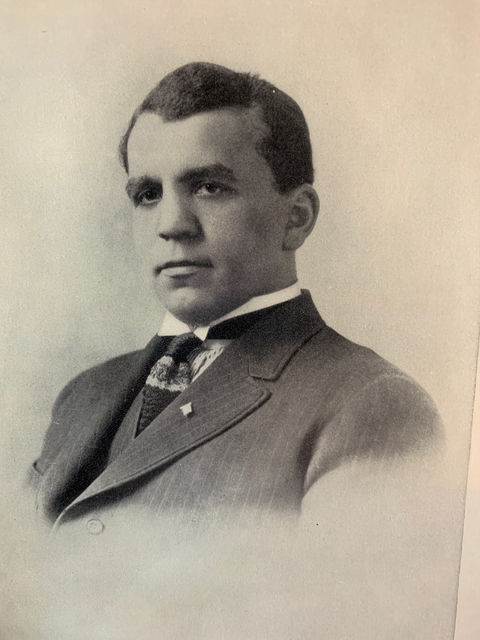Login Form
History—Russia (1906-1920)
 Russian history at the end of WWI and even back to Tzar Alexander’s freeing of the serfs in the 1870s was affected by extreme stratification of society along with the ineffectiveness of Tzar Nicholas II who cracked down on protestors and instigated violent pogroms against the Jews who were isolated into an area of Ukraine called The Pale. Ending WWI lead to the abdication of the Tzar and a vicious civil war between groups who were loyal to different political philosophies: Menshevik, Bolshevik and White Russian.
Russian history at the end of WWI and even back to Tzar Alexander’s freeing of the serfs in the 1870s was affected by extreme stratification of society along with the ineffectiveness of Tzar Nicholas II who cracked down on protestors and instigated violent pogroms against the Jews who were isolated into an area of Ukraine called The Pale. Ending WWI lead to the abdication of the Tzar and a vicious civil war between groups who were loyal to different political philosophies: Menshevik, Bolshevik and White Russian.
- Details
- Parent Category: Historic Impact
- Category: History—Russia (1906-1920)

The Red Terror was a period of political repression and mass killings carried out by Bolsheviks after the beginning of the Russian Civil War in 1918. The term is usually applied to Bolshevik political repression during the whole period of the Civil War (1917–1922),[1][2] as distinguished from the White Terror carried out by the White Army (Russian and non-Russian groups opposed to Bolshevik rule) against their political enemies (including the Bolsheviks). It was modeled on the Terror of the French Revolution. The Cheka (the Bolshevik secret police)[3] carried out the repressions of the Red Terror.[4] Estimates for the total number of people killed during the Red Terror for the initial period of repression are at least 10,000.[5]Estimates for the total number of victims of Bolshevik repression vary widely. One source asserts that the total number of victims of repression and pacification campaigns could be 1.3 million,[6] whereas another gives estimates of 28,000 executions per year from December 1917 to February 1922.[7] The most reliable estimations for the total number of killings put the number at about 100,000,[8] whereas others suggest a figure of 200,000.[9]
- Details
- Parent Category: Historic Impact
- Category: History—Russia (1906-1920)

The Russian Civil War (Russian: Гражда́нская война́ в Росси́и, tr.Grazhdanskaya voyna v Rossiy; 7 November 1917 – 25 October 1922)[5] was a multi-party war in the former Russian Empire immediately after the two Russian Revolutions of 1917, as many factions vied to determine Russia's political future. The two largest combatant groups were the Red Army, fighting for the Bolshevik form of socialism led by Vladimir Lenin, and the loosely allied forces known as the White Army, which included diverse interests favoring political monarchism, economic capitalism and alternative forms of socialism, each with democratic and antidemocratic variants. In addition, rival militant socialists and nonideological Green armies fought against both the Bolsheviks and the Whites. Eight foreign nations intervened against the Red Army, notably the former Allied military forces from the World War and the pro-German armies.[6] The Red Army eventually defeated the White Armed Forces of South Russia in Ukraine and the army led by Admiral Aleksandr Kolchak to the east in Siberia in 1919. The remains of the White forces commanded by Pyotr Nikolayevich Wrangel were beaten in Crimea and evacuated in late 1920. Lesser battles of the war continued on the periphery for two more years, and minor skirmishes with the remnants of the White forces in the Far East continued well into 1923. The war ended in 1923 in the sense that Bolshevik communist control of the newly formed Soviet Union was now assured, although armed national resistance in Central Asia was not completely crushed until 1934. There were an estimated 7,000,000–12,000,000 casualties during the war, mostly civilians. The Russian Civil War has been described by some as the greatest national catastrophe that Europe had yet seen.[7]
- Details
- Parent Category: Historic Impact
- Category: History—Russia (1906-1920)

The Russian Imperial Romanov family (Tsar Nicholas II, his wife Tsarina Alexandra and their five children Olga, Tatiana, Maria, Anastasia, and Alexei) and all those who chose to accompany them into imprisonment—notably Eugene Botkin, Anna Demidova, Alexei Trupp and Ivan Kharitonov, according to the conclusion of the investigator Sokolov, were shot and bayoneted to death[1][2] in Yekaterinburg on the night of 16–17 July 1918.[3] According to the official state version in the USSR, former Tsar Nicholas Romanov, along with members of his family and retinue, was executed by firing squad, by order of the Ural Regional Soviet, due to the threat of the city being occupied by Whites (Czechoslovak Legion)[4][5]. By the assumption of a number of researchers, this was done according to instructions by Lenin, Yakov Sverdlov and Felix Dzerzhinsky. Their bodies were then taken to the Koptyaki forest where they were stripped and mutilated.[6][2] Initially thrown down a mineshaft called Ganina Yama, the bodies were later disposed of in two unmarked graves in a field called Porosenkov Log.[7] A White Army investigation failed to find the gravesite, concluding that the imperial family's remains had been cremated at the mine, since evidence of fire was found.[8]
- Details
- Parent Category: Historic Impact
- Category: History—Russia (1906-1920)

The General Jewish Labour Bund in Lithuania, Poland and Russia (Yiddish: אַלגעמײַנער ײדישער אַרבעטער בּונד אין ליטע פוילין און רוסלאַנד, Algemeyner Yidisher Arbeter Bund in Litah, Poyln un Rusland), generally called The Bund (Yiddish: בונד, cognate to German: Bund, meaning federation or union) or the Jewish Labour Bund, was a secular Jewish socialist party in the Russian Empire, active between 1897 and 1920. In 1917 the Polish part of the Bund, which dated to the times when Poland was a Russian territory, seceded from the Russian Bund and created a new Polish General Labor Bund which continued to operate in Poland in the years between the two world wars. The Russian Bund was dissolved in 1920 and incorporated into the Communist Party. Other remnants of the Bund endured in various countries. A member of the Bund was called a Bundist.
- Details
- Parent Category: Historic Impact
- Category: History—Russia (1906-1920)

The Stray Dog(Russian: Бродя́чая соба́ка) (aka Stray Dog Cellar, Stray Dog Cabaret and the Society for Intimate Theatre) was located at Ploshchad Isskustv, Square of the Arts up to Summer Gardens, St. Petersburg, Russia.

